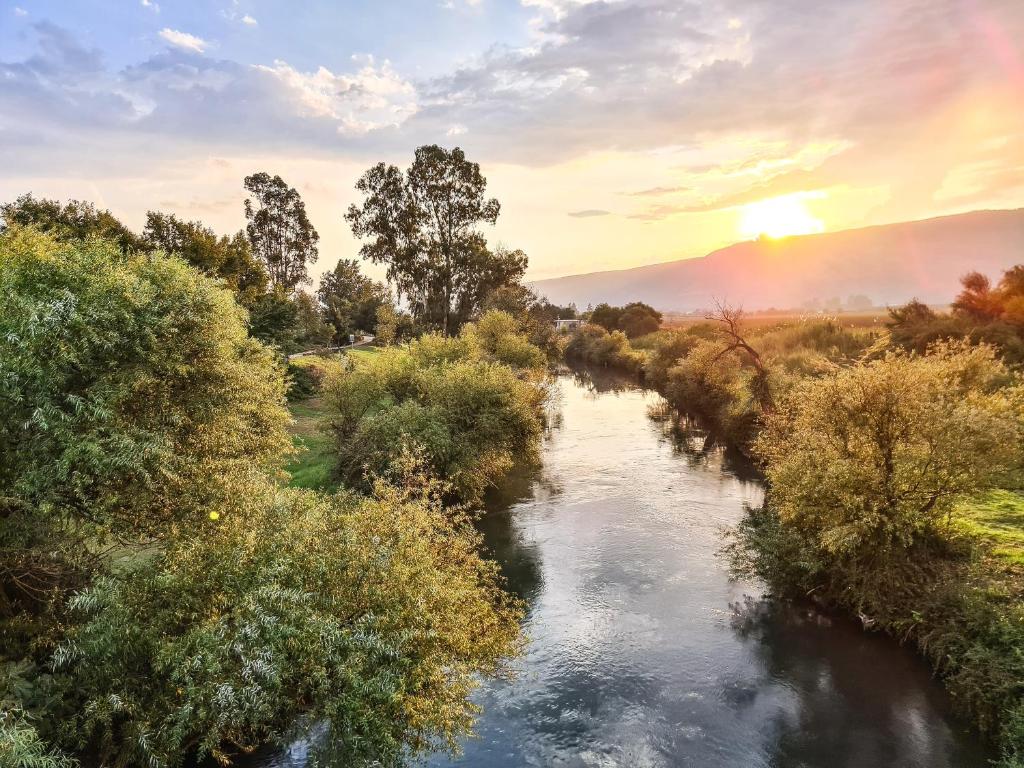The Jordan River is one of the most important geographical features in the Bible. It is mentioned numerous times in both the Old and New Testaments and played a significant role in the history of the Israelites. Here's a closer look at the topographical features of the Jordan River.
- Source: The Jordan River begins at the base of Mount Hermon, which is located in modern-day Lebanon. The source of the river is a small spring that flows into the Hula Valley, where it is joined by several tributaries.
- Length: The Jordan River is approximately 156 miles long and flows through three countries: Israel, Jordan, and Palestine. It begins at the base of Mount Hermon and empties into the Dead Sea.
- Waterfalls: One of the most famous waterfalls along the Jordan River is the Banias waterfall, located in the Banias Nature Reserve in northern Israel. The waterfall is surrounded by lush vegetation and is a popular tourist attraction.
- Valley: The Jordan River flows through the Jordan Rift Valley, which is a geological feature that extends from Lebanon to Mozambique. The valley is marked by steep cliffs, deep canyons, and rugged terrain.
- Baptism Site: One of the most important sites along the Jordan River is the Baptism Site, which is located on the eastern bank of the river in Jordan. According to tradition, this is the spot where John the Baptist baptized Jesus.
- Dead Sea: The Jordan River empties into the Dead Sea, which is the lowest point on earth and one of the saltiest bodies of water in the world. The Dead Sea is also significant in the Bible, as it is the location of the cities of Sodom and Gomorrah.
The Jordan River holds a special place in the history of the Israelites and is an important site for religious pilgrims and scholars. Its topographical features provide insight into the physical landscape of the region and help us to better understand the stories and traditions associated with the river.




